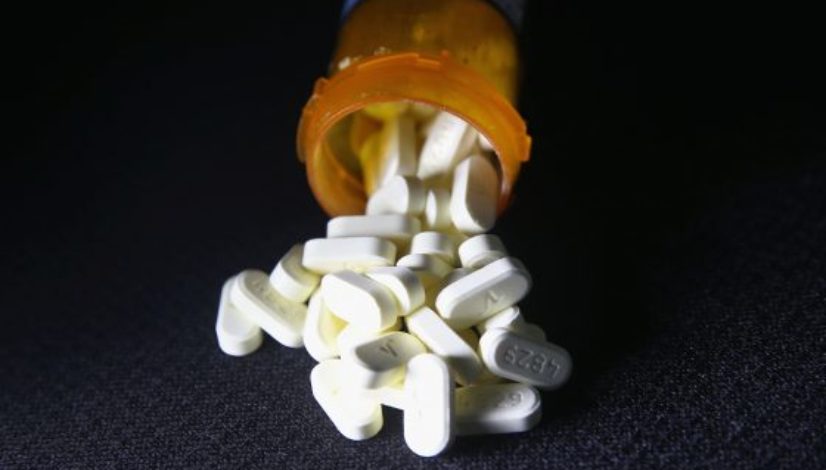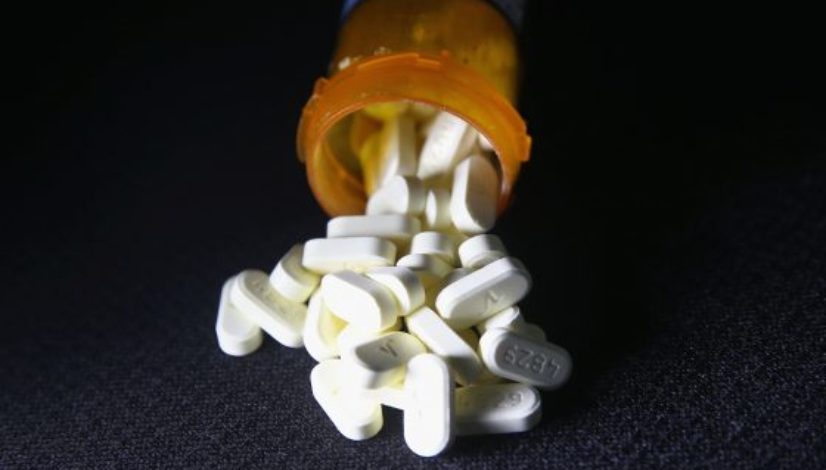Study: Doctors received more than $46 million from opioid companies

Published: Aug 10, 2017, 11:47 am • Updated: Aug 10, 2017, 11:47 am
By Katie Zezima, The Washington Post
One in 12 doctors has received money from drug companies marketing prescription opioid medications, according to a study released Wednesday afternoon.
Researchers at Boston Medical Center found that from 2013 to 2015, 68,177 doctors received more than $46 million in payments from drug companies pushing powerful painkillers. Researchers believe it is the first study to look at the practice of pharmaceutical companies marketing opioids to physicians.
“The next step is to understand these links between payments,” said Scott Hadland, a pediatrician and author of the study, and “prescribing practices and overdose deaths.”
More than 52,000 people died of drug overdoses in 2015, according to the Centers for Disease Control and Prevention. Drug overdoses sharply increased during the first nine months of 2016, according to the National Centers for Health Statistics, driven by increases in opioid deaths, especially from heroin and fentanyl, a powerful synthetic narcotic. But for many people, “It’s very common that the first opioid they’re ever exposed to is from a prescription,” Hadland said.
Related stories
- Trump’s blame of Obama for opioid epidemic included skewed weed stats
- Could Trump’s declaration of opioids as national emergency be used for Sessions’ war on drugs?
- How Big Pharma is hindering treatment of the opioid addiction epidemic
- New Hampshire sues OxyContin manufacturer for role in opioid crisis
- Drug overdose deaths surged in first nine months of 2016
Doctors were paid the most for the promotion of fentanyl, which is typically used in hospitals to treat post-surgical pain, cancer patients and for end-of-life care. Most of the fentanyl driving the increase in deaths is illicitly manufactured overseas and cut into heroin. According to the study, companies were not aggressively marketing tamper-proof versions of pills, which were created in response to the opioid crisis.
“It’s an indicator that opioids are being really heavily marketed for pain,” Hadland said. He was “alarmed” that family physicians received the largest number of payments. Other pain relief methods – including NSAIDs, such as aspirin and ibuprofen – were not as heavily marketed as opioids.
According to Hadland’s study, which was published in the American Journal of Public Health, about two-thirds of the payments came from speaking fees. About 700 doctors raked in nearly 83 percent of the total money spent marketing to physicians.
Pharmaceutical companies spent freely around the country, but some of the states hardest hit by the opiate crisis, including Indiana, Ohio and New Jersey, saw the most payments to doctors.
The study used publicly available data from the Centers for Medicare and Medicaid Services. The researchers did not include the drug companies or doctors in their research.
Topics: big pharma, doctors, opioid epidemic, pharmaceuticals, study




